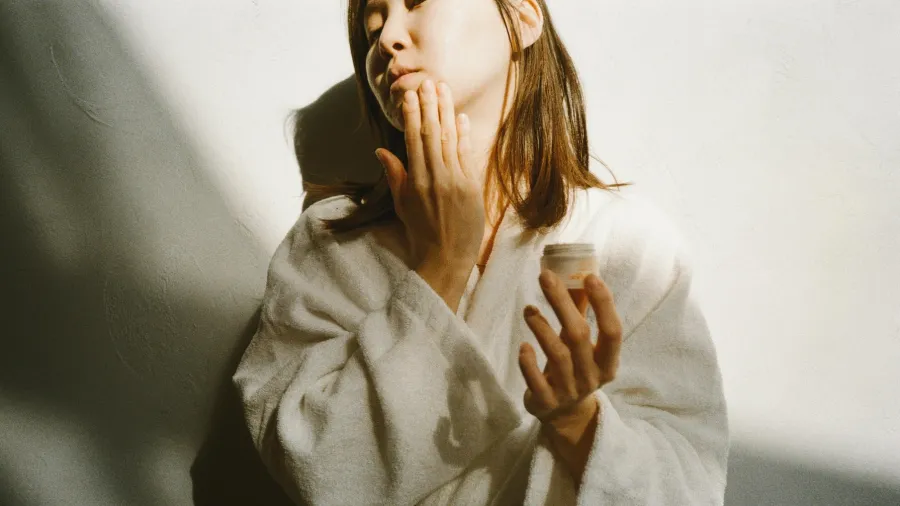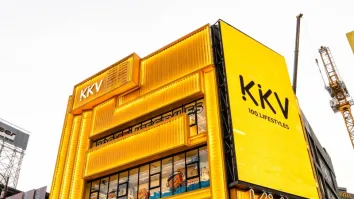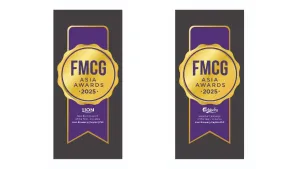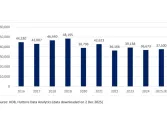
China sees increased demand for suncare products
A preference for lighter skin tones is boosting the demand for products that prevent discoloration and sunspots.
The demand for suncare products in China is rapidly increasing as consumers seek better sun protection and adapt to changing climate conditions, according to GlobalData.
A cultural preference for lighter skin tones is driving the popularity of products that prevent discoloration and sunspots. Additionally, there is a growing trend toward multi-functional cosmetics, with consumers favouring products that combine sunscreen with other benefits.
Naveed Khan, consumer analyst at GlobalData, noted that "sunification”, the integration of sun protection into cosmetics, is becoming a key industry trend. “Consumers also prefer targeted solutions such as those specialised for sensitive skin, in cosmetics, stressing the potential demand for target-based solutions in multi-functional cosmetics.”
Elyn Gao, business development director at GlobalData China, pointed out that consumers are increasingly seeking targeted solutions, particularly for sensitive skin. This suggests a growing market for specialised, multi-functional cosmetics.
A GlobalData Q2 2024 survey showed that 58% of Chinese consumers view "good value-for-money" in beauty products as either having multi-functional benefits or containing high-quality ingredients.
Manufacturers are responding by introducing makeup products with sun protection features. Global brands like Estée Lauder and bareMinerals are already marketing SPF-infused foundations in China to tap into this trend. Local brands are also launching dual-function products on e-commerce platforms like Tmall and JD.com.
However, Khan emphasises the need for consumer education. “Consumers need to be well informed to choose the right product, application procedure, and application frequencies to match their lifestyles,” he said. “Therefore, manufacturers must work on educating consumers with the necessary information to better market their products.”

















 Advertise
Advertise





